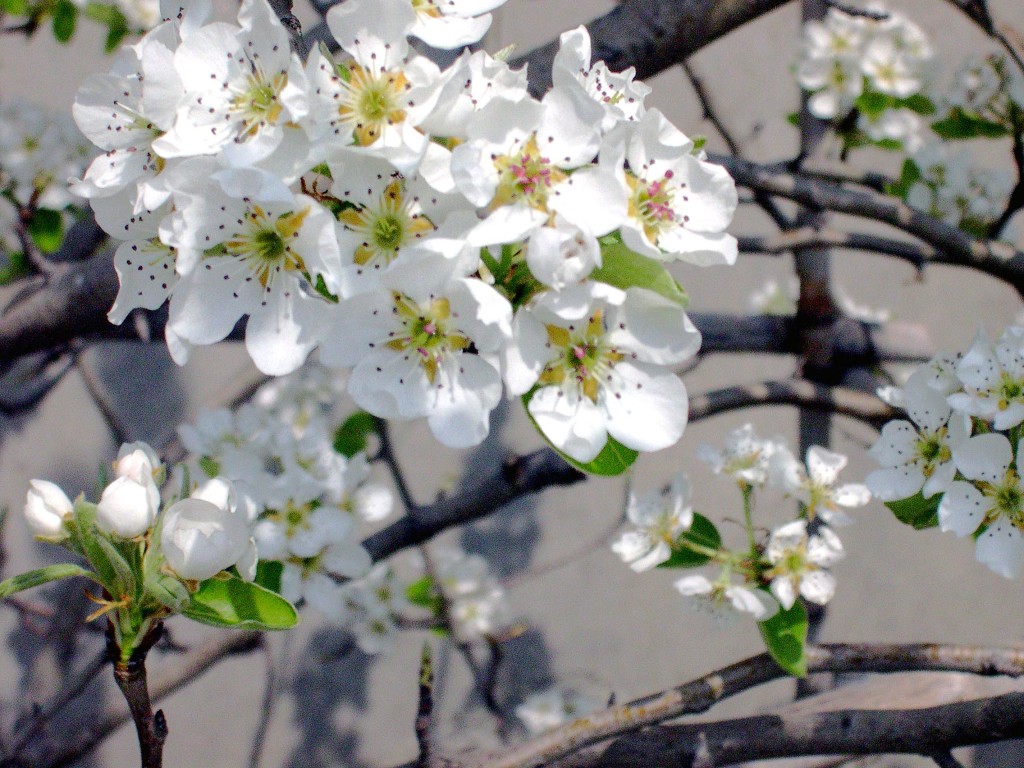Curzio Malaparte, from Prato, once defined his countrymen as “damned Tuscans”. Paying homage to Malaparte, we set off on our tour of Tuscany from Prato. Since the dark ages it has been a favorable place for trade, a characteristic which holds true still today. Prato is the center of the largest textile district in Europe. Musts to see are its Cathedral, a splendid Roman-Gothic construction, the Saint Mary of the Ashes church and the castle of the Emperor Federico II. The territory of Prato contains a treasure chest of gastronomic treats. Starting with biscuits we have the Biscotti di Prato, made from strips of pastry filled with almonds and pine nuts. The Bozza Pratese is and ancient and famous bread without salt, made from soft flour, water and natural yeast. Another treat for the taste buds is the Mortadella di Prato, a tasty pork product with its spicy aroma. Prato also has a real gem in its red wine, the Carmignano DOCG, a blend of Cabernet, Sangiovese, Canaiolo nero and other red grapes.
Moving on now to Valdichiana where the cuisine has its roots in poverty and the need to not waste a thing. A noted example is Pansanto, slices of bread with boiled cabbage, vinegar and oil. An important center of the Valdichiana is Montepulciano with its red wine Rosso di Montepulciano DOC.
We move now to one of the most beautiful cities in all of Italy — Siena. The key to understand the soul of this city can be found on location: the first is an inscription on the arch of Porta Camollia – “cor magis tibi sena pandit” or “Siena opens her heart to you much wider than this door”; the second is the fresco on the Effects of Good Governing by Ambrogio Lorenzetti, with its view of Siena and her territory; the third is the Palio horse race, for the sense of devotion by the Sienese for the Palio is quite unique and passes around the famous Piazza del Campo. The Senese table reaches its height in its sweets, panforte and ricciarelli.
We leave Siena now to go towards Arezzo, birthplace of Mecenate and Petrarca. Piero della Francesca was born not far from Arezzo, and an absolute must-see are his frescoes in the apse of the Saint Francis Church. The cuisine here includes aquacotto, a soup made from stale bread with mushrooms and black cabbage. Among the sweets is the gattò Arentino, a sort of sponge roll filled with chocolate cream.
From Arezzo travelling south west we arrive in the beautiful territory of the Maremma. The Maremma National Park offers some glorious scenery extending from the Uccellina mountains to the mouth of the Ombrone River, in the most southern part of Tuscany, with views of the Orbetello lagoon with its magnificent cliffs. Continuing this way with the sea on our left, we cruise the whole Tuscan coast. Please stop to visit the gem of the Maremma, Talamone. But do continue to Castiglione della Pescaia, Punta Ala, Follonica, Piombino (hop a ferry to Elba), Cecina and arrive to Livorno. Take a pleasant stroll along the seafront of Viale Italia and indulge in caciucco, a fish soup and triglie alla livornese, a trout dish.
We have arrived to Pisa, once one of the four marine republics with important ties with Spain and North Africa. It is also the native city of Galileo Galilei and hosts one of the most famous squares in Italy, Piazza dei Miracoli. From Pisa, shortly after leaving the coast, we turn into the magnificent territory of Lucca. Lucca is an enchanting city with her walled complex of Renaissance fortification. The Piazza di Mercato traces the elliptical form of the Roman theatre that stood before it. The influence of Roman planning, in fact, can be seen all over the urban area. The great composer Giacomo Puccini was born in Lucca.
As we return to the coast, we are in Versilia and pass Viareggio, Lido di Camaiore, Marina di Pietrasanta and Forte dei Marmi until we arrive at the foot of the stupendous Apuane Alps slightly inland. The Piazza degli Aranci in Massa is glorious! In fact, all of Massa is beautiful, especially the Ducal Palace, also called the Red Palace. The cathedral is majestic in white Carrara marble. The village of Carrara is famous worldwide for its marble and Colonnata is famous for its lardo. From Massa still moving towards Liguria and turning inland we arrive at a magical land, Lunigiana.
With all the gracious villages that the Lunigiana offers, it seems cruel to have to choose just one to visit. Oh, try Pontremoli and choose testaroli al pesto and pasta. From Lunigiana, going back down we cross another agreeable area, the Garfagnana and arrive in Pistoia to see a masterpiece of thirteenth century art, the magnificent altar by Saint Jacob in the San Zeno cathedral.
From Pistoia we head for Florence, birthplace of the great poet Dante and Italy’s capital from 1856 to 1870. Must to visit are many: Santa Maria dei Fiore, Brunelleschi’s Dome, the bell tower by Giotto, the Baptistery of Saint John. Others are the Basilica of the Holy Cross (in the square of the same name), the Uffizi Gallery and the corridors of Vasari. There are the Ponte Vecchio bridge, the Boboli Gardens, a stroll along Via Tornabuoni and the Piazza dei Signora with its Palazzo Vecchia palace. Also the triumphs of the workmanship on the face of Palazzo Strozzi, an authentic example of the Florentine Renaissance. Florence is also the lordship of the Medici and, in particular, Lorenzo the Magnificent, man of letters and patron of the arts.
At the table we enjoy a good glass of Chianti and the lampredotto, the leanest, most compact part of the cow’s stomach.. Another specialty is, obviously, the fiorentina, a huge t-bone steak cooked rare, nearly Pittsburgh Rare!
